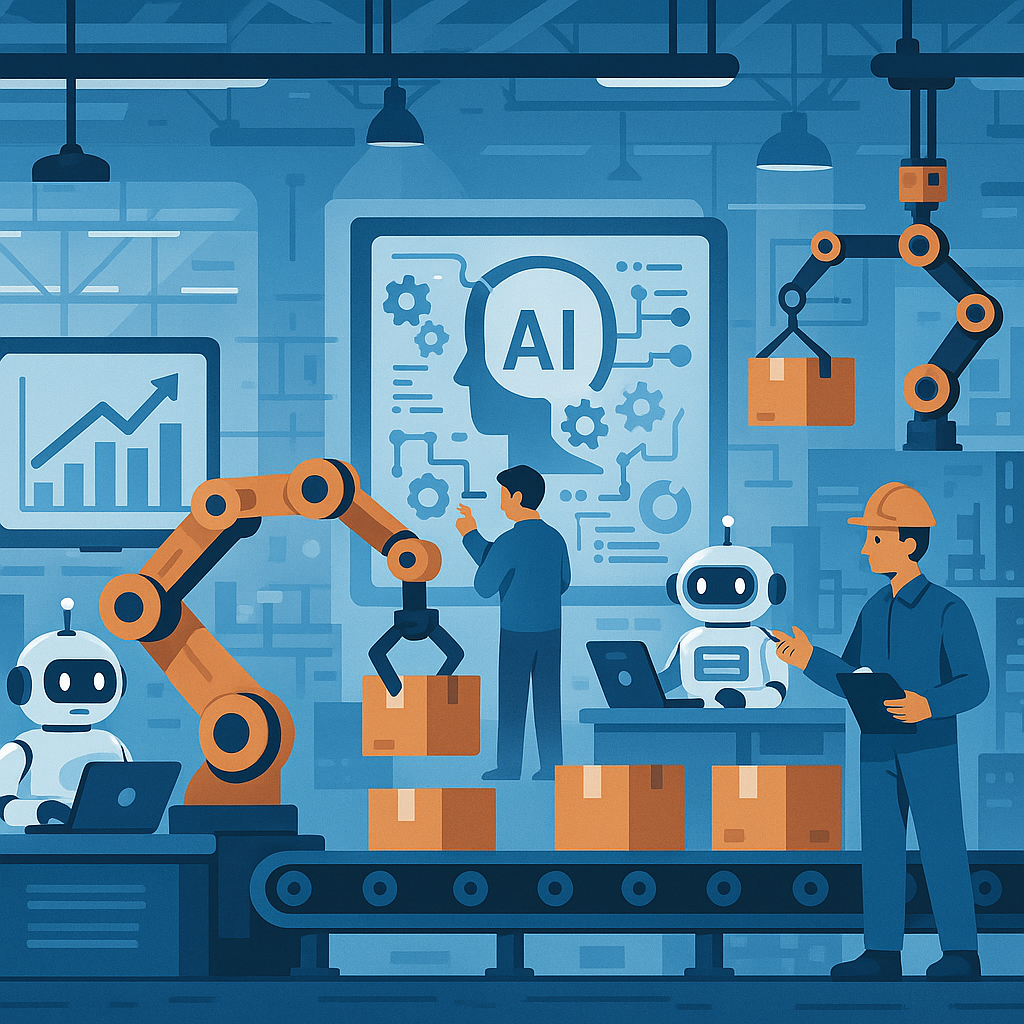Hyperautomation: The Next Evolution in Business Process Automation

In 2023, buzzwords like RPA and AI have gone from the fringes to the C-suite playbook. However, there’s a new contender promising to revolutionize how businesses think about automation: hyperautomation. Already highlighted as a key trend by Gartner and leading consultancies, hyperautomation is no longer a futuristic vision but a rapidly maturing reality.
What Is Hyperautomation?
Hyperautomation takes traditional process automation further by combining multiple technologies—robotic process automation (RPA), artificial intelligence (AI), machine learning (ML), low-code platforms, and process mining—to automate as many business processes as possible, end-to-end. It’s not just about automating tasks, but about orchestrating increasingly complex workflows across departments and systems.
Key characteristics:
- Integration: Connecting legacy and modern systems seamlessly
- Intelligence: Leveraging AI/ML to make decisions, not just execute
- Agility: Adapting rapidly as processes or business needs evolve
- Orchestration: Managing multiple automation technologies from a central platform
Why Hyperautomation Became a 2023 Focal Point
Several trends converged to make hyperautomation a boardroom priority in the early 2020s:
- Remote and hybrid work: The COVID-19 aftermath accelerated digital operations and process optimization.
- RPA saturation: Businesses found traditional RPA limited to rules-based tasks, seeking broader, smarter automation.
- Pressure to innovate: From cost control to delivering faster, better customer experiences.
- Tool maturity: New low-code, process mining, and orchestration tools lowered technical barriers.
According to Gartner’s 2023 forecasts, the global hyperautomation software market was set to reach $1 trillion in value by 2026, with more than 80% of organizations adopting at least one hyperautomation strategy by 2024.
Real-World Hyperautomation in Action
Hyperautomation isn’t just theory—leading organizations across industries rapidly adopted its frameworks. Here are some practical examples from 2023:
Financial Services:
- A global bank reduced loan approval times from weeks to hours by combining RPA with AI-based decisioning and secure e-signature platforms.
Healthcare:
- Hospital networks automated patient intake, billing queries, and pre-authorization using bots and NLP, freeing staff for patient care.
Manufacturing:
- Factories orchestrated robots, sensors, and ERP data in real time, dynamically adjusting supply chains while reducing error rates and manual intervention.
Building a Hyperautomation Strategy
To succeed, leaders in 2023 focused on three pillars:
- End-to-end process visibility: Using process mining and analytics to find, prioritize, and optimize automation candidates.
- Technology stack alignment: Choosing flexible platforms supporting RPA, AI, ML, and seamless integration with legacy systems.
- Change management: Engaging staff early, addressing upskilling needs, and celebrating automation wins to inspire a culture shift.
Pitfall to avoid: Chasing the latest automation technology without clarity on business outcomes, often resulting in fragmented, unsustainable initiatives.
The Path Forward
Hyperautomation marked a turning point where automation became not just about efficiency, but business agility, resilience, and growth. In the competitive landscape of 2023, organizations embracing holistic, intelligent automation positioned themselves to move faster, deliver better, and unlock new value.
Are you ready to accelerate your automation journey? Start with a process audit—your hyperautomation roadmap begins with clarity.
Want to share your hyperautomation experience? Join the conversation in our business automation forum!